If you're someone who likes to read or learn new things, there are a ton of fascinating facts on the internet. But the catch is that you might have to sift through a lot of content before you find something that truly expands your knowledge.
Thankfully, there are Instagram pages like "Facts" that serve up bite-sized nuggets of wisdom that are fun, fascinating, and downright intriguing. Today, we've rounded up some of their most captivating posts for you to enjoy, Pandas.
#1

Image credits: FACTS
#2

Image credits: FACTS
#3

Image credits: FACTS
Many of us love diving into intriguing facts and uncovering the secrets of the world around us. And while that’s great, wouldn’t it be fascinating to discover new things about the planet we call home? There are so many aspects of Earth that make it endlessly fascinating.
For instance, Earth’s insides aren’t solid; they have a gooey, semi-solid consistency thanks to intense heat and pressure. This “squishy” mantle lets the Earth’s crust shift around, leading to all those plate tectonics, volcanic eruptions, and the occasional earthquake.
#4

Image credits: FACTS
#5

Image credits: FACTS
#6

Image credits: FACTS
Coral reefs aren’t just dazzling underwater wonders; they’re also the largest living structures on our planet. Built by tiny coral polyps that layer calcium carbonate to create intricate structures, these vibrant reefs serve as bustling marine metropolises.
They provide crucial habitats for countless species in the ocean and act as natural barriers, protecting coastlines from storms and erosion.
#7

Image credits: FACTS
#8

Image credits: FACTS
#9

Image credits: FACTS
Antarctica is like Earth’s ultimate freezer, way bigger than Greenland and packed with so much ice that it holds about 70% of our planet’s freshwater. It’s not just the coldest place on Earth, with temperatures plunging to a jaw-dropping -89.2°C, but also the windiest, with gusts hitting over 320 km/h.
Antarctica also boasts the biggest ice sheet on the planet, packed with an astonishing 30 million cubic kilometers of ice. This means that any changes in the ice sheet can have a ripple effect on global sea levels and ocean currents.
#10

Image credits: FACTS
#11

Image credits: FACTS
#12

Image credits: FACTS
#13

Image credits: FACTS
#14

Image credits: FACTS
The moon is drifting away at a slow but steady pace from our planet—about 4 centimeters per year! This happens because the moon’s gravity pulls on Earth’s oceans, creating a watery bulge on the side that faces it.
This bulge then pulls back on the moon, causing it to move a bit farther away each year. While we might not see the difference day to day, over millions of years, this gentle shift can have some pretty intriguing effects on how quickly the planet spins. Can you imagine having just 200 days in a year?
#15

Image credits: FACTS
#16

Image credits: FACTS
#17

Image credits: FACTS
#18

Image credits: FACTS
We breathe in oxygen, but did you know our atmosphere is a blend of 78% nitrogen, 21% oxygen, and a dash of other gases like argon and carbon dioxide? This atmospheric shield doesn’t just keep us breathing; it also keeps our climate in check, shields us from the sun’s harsh rays, and burns up most meteoroids before they can crash into us.
#19

Image credits: FACTS
#20
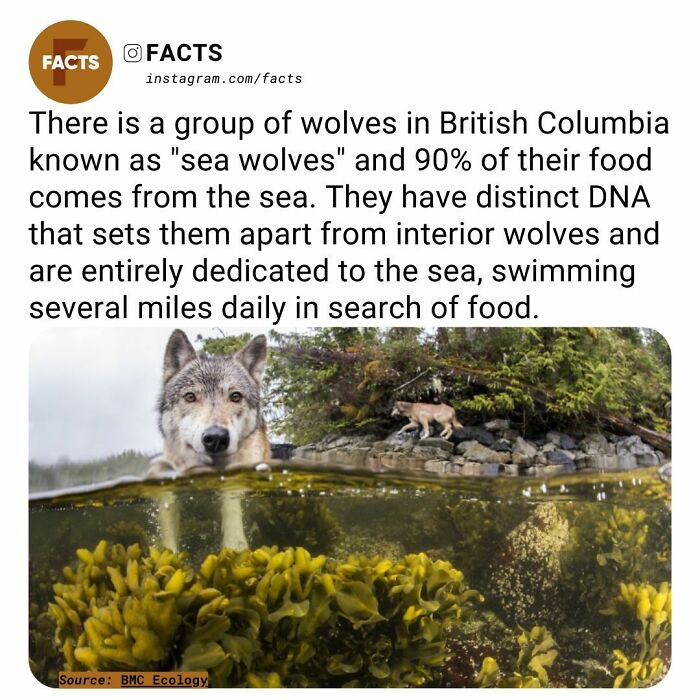
Image credits: FACTS
#21

Image credits: FACTS
The Atacama Desert in South America is considered to be the driest place on our planet. Stretching over 100,000 square kilometers, it barely gets a sprinkle of rain each year, less than 1 mm.
It’s so parched because it’s tucked in a rain shadow behind the Andes mountains, surrounded by the chilly Humboldt Current, and it doesn’t get any moisture from the winds. However, this arid wonderland is home to some pretty impressive plants and critters that have figured out how to thrive despite the extreme dryness.
#22

Image credits: FACTS
#23

Image credits: FACTS
#24
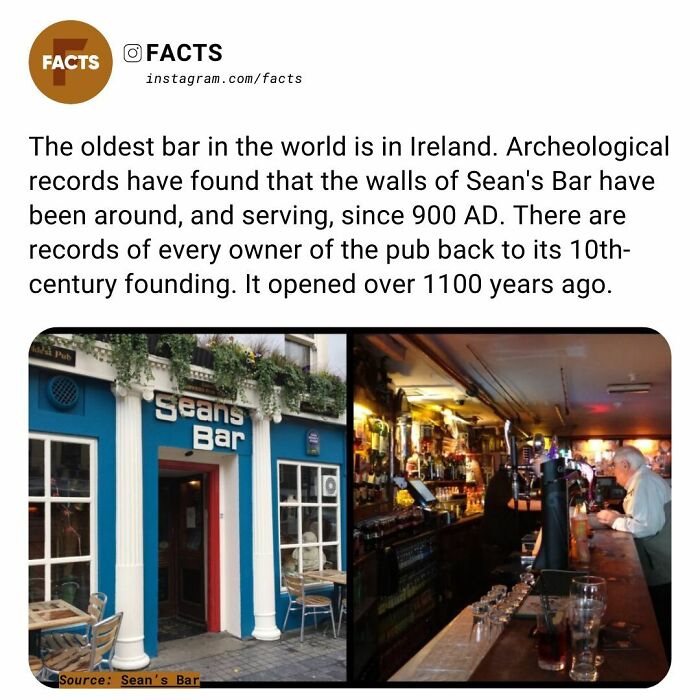
Image credits: FACTS
Nicknamed the "third pole," the Tibetan Plateau is Earth's secret freshwater treasure trove. With more than 46,000 glaciers, it is a giant reservoir of water that extends far beyond the North and South Poles.
The Mekong, Yangtze, and Yellow Rivers, which provide millions of people in China and Southeast Asia with clean water, rely on this frigid behemoth for their survival.
#25

Image credits: FACTS
#26
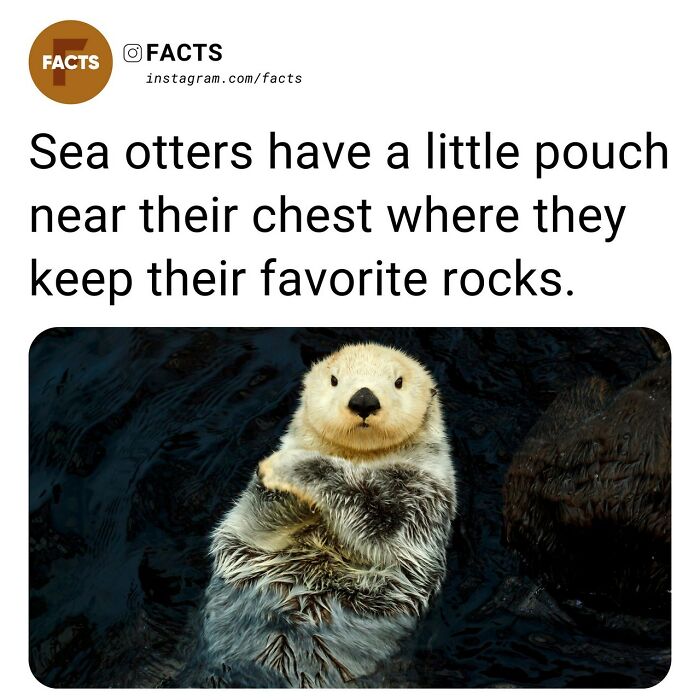
Image credits: FACTS
#27
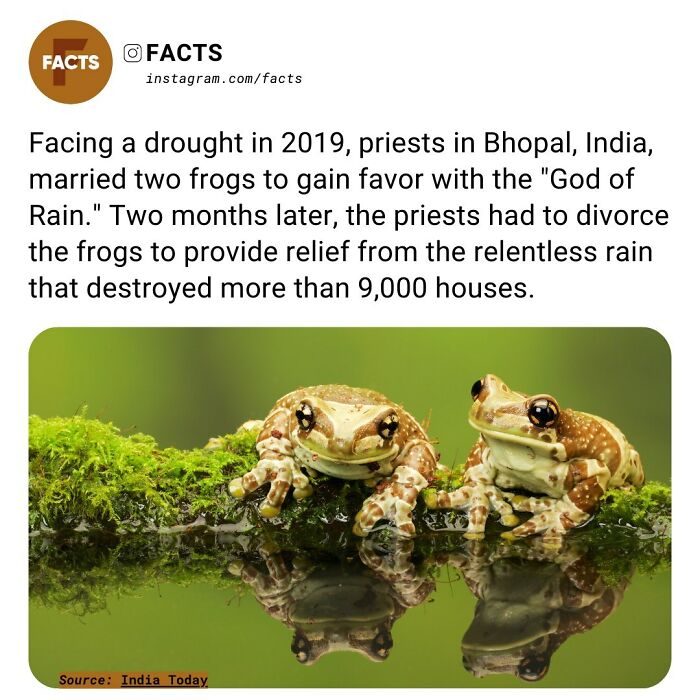
Image credits: FACTS
#28

Image credits: FACTS
Earth’s inner core is like a giant ball of fire buried deep beneath our feet, with temperatures sizzling between 5,000 and 7,000 degrees Celsius (that’s 9,000 to 13,000 degrees Fahrenheit!). That is considerably hotter than the surface of the sun. So, while we might be enjoying a sunny day, down below, Earth is cooking up something even hotter.
These tidbits remind us of the incredible complexities and marvels of our planet and everything it holds. Which one of these posts caught your eye? Don’t forget to upvote your favorites!
#29

Image credits: FACTS
#30

Image credits: FACTS
#31

Image credits: FACTS
#32

Image credits: FACTS
#33

Image credits: FACTS
#34
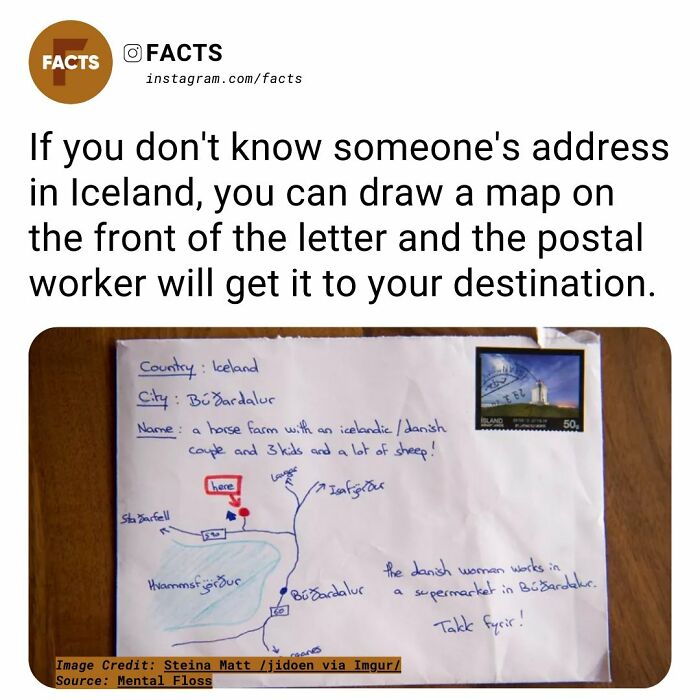
Image credits: FACTS
#35

Image credits: FACTS
#36

Image credits: FACTS
#37

Image credits: FACTS
#38

Image credits: FACTS
#39

Image credits: FACTS
#40

Image credits: FACTS
#41
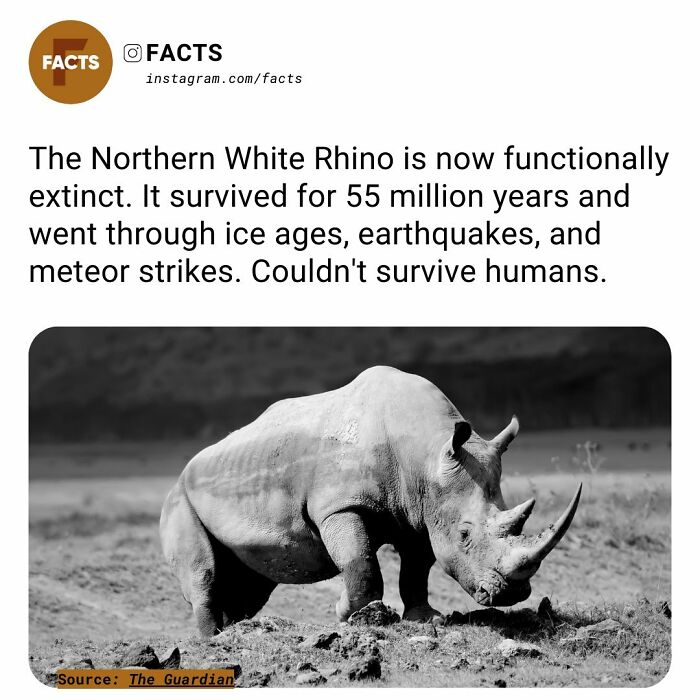
Image credits: FACTS
#42

Image credits: FACTS
#43

Image credits: FACTS
#44

Image credits: FACTS
#45

Image credits: FACTS
#46

Image credits: FACTS
#47

Image credits: FACTS
#48

Image credits: FACTS
#49

Image credits: FACTS
#50

Image credits: FACTS







